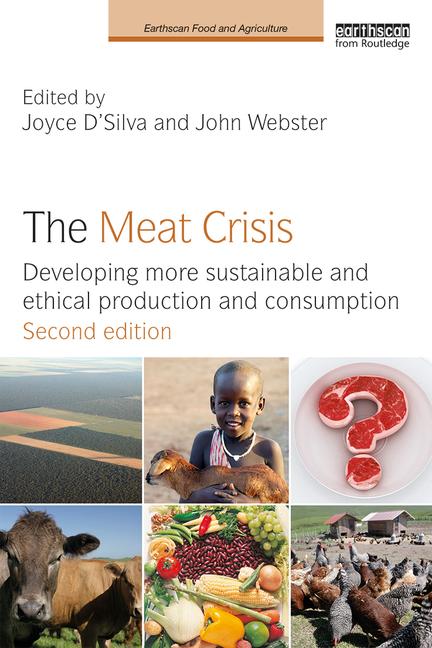Interventions dominated the conference. Interventions are process steps that can be added in your plant and can eliminate or reduce to an acceptable level the identified hazard which in this case is, E. coli O157:H7.
As always there was spirited debate and in this case, science prevailed. By the end of the conference we all agreed that more testing will not make our products safe/safer. Testing has its place in the verification of plant sanitation and validating the effectiveness of interventions upstream.
The combined energy and brain power of the attendees was focused on a consolidated industry effort through science- tested processes to infiltrate, disrupt and destroy this pathogen anyway...anyhow. This can be achieved through strategically placed interventions throughout the food chain. Success will be achieved through combined industry processes.
A myriad of intervention possibilities such as: animal vaccinations, chlorinated water on the farm, thermal processing, antimicrobials at harvest, ozone gases, and electronic pasteurization at processing will ensure the pathogen is never given a chance to gain a foothold and grow.
What did I get out of the conference?
The conference allowed me to capitalize on the learning provided by the leading food scientists that provide “the possible,” equipment suppliers that brought the conceptual thinking to life through technology and the North American governing bodies that support these efforts. By combining the brilliance and the spirited debate of these leaders I hope to fulfill Cardinal's vision of being the first ground beef processor in Canada to have a validated microbial intervention. Now this is progress!
Oh ya.... so why did I title my article "the Cantaloupe Theory"?
This is a phrase coined by Dr. Jim Marsden and one that was repeated throughout the conference, a phrase and underlying story I believe sums up the thinking we all must employ to successfully defeat this pathogen.
At one time there were food safety issues with cantaloupe. Contamination of the outside of the cantaloupe was being translocated to the fruit during slicing. After many unsuccessful attempts to treat the individual pieces after slicing, someone came up with the idea of treating the whole cantaloupe prior to slicing. What a surprise — it worked!
John Vatri is the director of food safety for Mississauga, Ont.-based Cardinal Meat Specialists, one of Canada’s leading burger and cooked protein processors.







